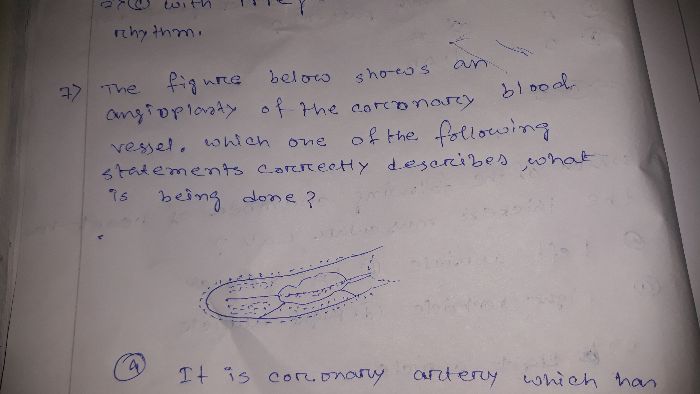Body Fluids and Circulation
Body Fluids and Circulation PDF Notes, Important Questions and Synopsis
SYNOPSIS
- Blood is a fluid connective tissue made of plasma and cellular elements.
Plasma
Cellular elements
Water
Proteins
Minerals
Clotting factors
RBCs
WBCs
Platelets
Granulocytes
Agranulocytes
Eosinophils
basophils
Neutrophils
Lymphocytes
Monocytes
- According to the ABO blood group system, there are four blood groups—A, B, AB and O. O type of blood is called a universal donor, and AB type of blood is called a universal recipient.
- Lymph is a tissue fluid which supplies oxygen and nutrients and also has a role in the defence mechanism
- Hearts in Vertebrates
Fish
Amphibians & Reptiles
Birds
- Two-chambered heart
- Three-chambered heart
- Four-chambered heart
- One atrium, one ventricle
- Two atria, one ventricle
- Two atria, two ventricles
- Cardiac Cycle
- The series of events which occur during one complete beat of the heart is called a cardiac cycle.
- Contraction is also known as systole, while relaxation is known as diastole.
- The duration of one cardiac cycle is 0.8 seconds.
|
Events |
Description |
|
Atrial Systole and Ventricular Diastole |
|
|
Ventricular Systole and Atrial Diastole |
|
|
Joint Diastole |
|
- During each cardiac cycle, approximately 70 ml of blood is pumped out of each ventricle which is called the stroke volume.
- ECG or electrocardiogram is the graphical representation of the electrical activity of the heart during a cardiac cycle.
- The instrument used to obtain ECG is called an electrocardiograph.
- Double circulation means blood passes through the heart twice.
- Pulmonary circulation
- Systemic circulation
- The hepatic portal system connects the digestive tract and the liver. The hepatic portal vein carries blood from the small intestine to the liver before it is sent into the systemic circulation.
- The coronary system of blood vessels takes care of the circulation of blood to the cardiac wall of the heart.
Related Chapters
- The Living World
- Biological Classification
- Plant Kingdom
- Animal Kingdom
- Morphology of Flowering Plants
- Anatomy of Flowering Plants
- Structural Organisation in Animals
- Cell : The Unit of Life
- Biomolecules
- Cell Cycle and Cell Division
- Transport in Plants
- Mineral Nutrition
- Photosynthesis in Higher Plants
- Respiration in Plants
- Plant Growth and Development
- Digestion and Absorption
- Breathing and Exchange of Gases
- Excretory Products and their Elimination
- Locomotion and Movement
- Neural Control and Coordination
- Chemical Coordination and Integration
- Reproduction in Organisms
- Sexual Reproduction in Flowering Plants
- Human Reproduction
- Reproductive Health
- Principles of Inheritance and Variation
- Molecular Basis of Inheritance
- Evolution
- Human Health and Disease
- Strategies for Enhancement in Food Production
- Microbes in Human Welfare
- Biotechnology : Principles and Processes
- Biotechnology and its Applications
- Organisms and Populations
- Ecosystem
- Biodiversity and Conservation
- Environmental Issues




